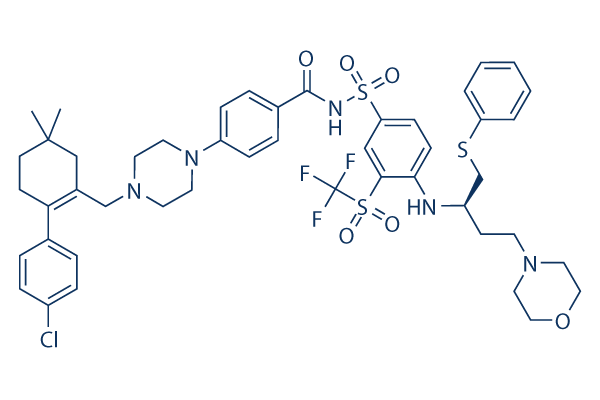Blocking at integration will be explained from the inhibition of IN strand transfer and IN LEDGF interaction, provided the part of LEDGF inside the tethering of IN to chromatin during the integration practice of HIV 1. The post integration block promoted by INLAIs is simply not in line with these activities. This raises the chance that these pounds have another unrelated target also to your LEDGF binding pocket of IN. We ruled out this hypothesis making use of a virus mutated while in the LEDGF binding pocket of IN and show that IN is indeed the target of this submit integration defect,the lack of Mut101 binding towards the IN CCD T174I correlated with all the absence our site of effect of Mut101 within the production of the NL4 three IN T174I mutated virus. We conclude that both the integration and post integration blocks promoted by INLAIs are relevant towards the binding of those lbs to a exceptional target, the LEDGF binding pocket of IN.
This dual inhibitory exercise, at two different actions on the HIV one replication cycle by exactly the same viral target, is unprecedented for all lessons of ARV medication. We investigated the respective contributions of your two mechanisms towards the selleck international ARV exercise of these lbs. SR infection assays reflect the action of an ARV pound in the course of an early step in the HIV replication cycle and MR infection assays reflect international ARV activity. We showed the post integration inhibition with the HIV 1 replication cycle certainly is the significant mechanism contributing to global Mut101 ARV action. There was no or minimal ARV exercise detectable in SR infection assay at the similar Mut101 concentration that accomplished 100% inhibition of HIV 1 infection within the MR infection assay.
A larger concentration of Mut101 was necessary to detect ARV activity while in the SR assay considering the fact that its EC50 within this format was 18 occasions higher than its EC50 in MR infec tion assay TOA experiments implemented a Mut101 concentration that was higher ample to permit 100% of ARV action during the SR infection assay. Our research demonstrates that Mut101 and the other INLAIs of this series are  not acting mainly as inhibitors of HIV one integration. This can be in contrast to early research reported on LEDGINs, based on MR infection experiments carried out at saturating inhibitor concentration, that recommended they act as integration inhibitors HIV one integrase may be the different target of Mut101 for its ARV exercise. Yet, the major action of Mut101 as well as other connected INLAIs is as submit integration inhibitors making defective infectious HIV 1 virions. Mut101 displays weak activity at early stage integration and potent activity at late stage manufacturing of defective virions. We then explored how a pound acting on a special target and on the distinctive binding site displays this kind of a distinction amongst its potency on two ARV routines.
not acting mainly as inhibitors of HIV one integration. This can be in contrast to early research reported on LEDGINs, based on MR infection experiments carried out at saturating inhibitor concentration, that recommended they act as integration inhibitors HIV one integrase may be the different target of Mut101 for its ARV exercise. Yet, the major action of Mut101 as well as other connected INLAIs is as submit integration inhibitors making defective infectious HIV 1 virions. Mut101 displays weak activity at early stage integration and potent activity at late stage manufacturing of defective virions. We then explored how a pound acting on a special target and on the distinctive binding site displays this kind of a distinction amongst its potency on two ARV routines.
Aurora kinase B
Aurora kinase B was identified in humans by a polymerase chain reaction screen for kinases that are overexpressed in cancers
